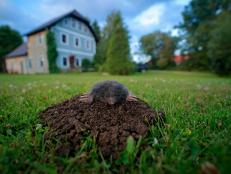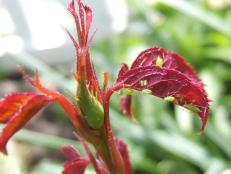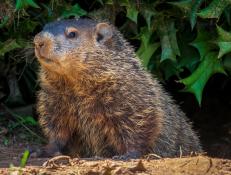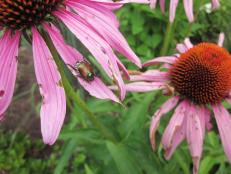How to Get Rid of Gophers, Moles and Armadillos
Learn how to drive off unwanted underground garden guests with these expert tips.
There are a number of ways to control underground pests - from trapping and flooding to poison - but master gardener Paul James prefers using a granular form of his favorite repellent: castor oil. This relatively new product does an excellent job of controlling moles, gophers and even armadillos.
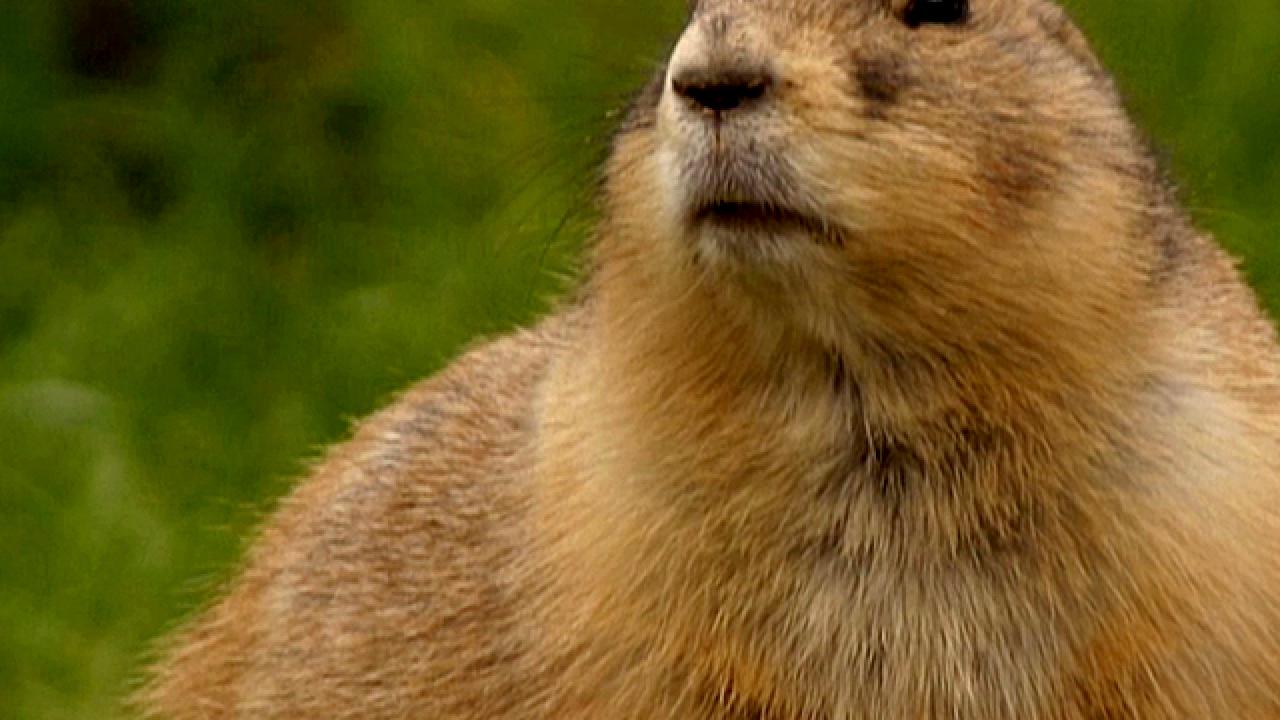
So just how do you know whether you have moles or gophers? For one thing, moles don't eat plants. They primarily eat grubs and earthworms, and they leave telltale tunnels or shallow, surface ridges as well as circular mounds of dirt above ground with holes in the center.
On the other hand, gophers eat plants, and their tunnels are rarely visible. Gopher mounds are fan-shaped with a hole off to one side.
"Frankly, I don't mind moles that much," Paul says. "The tunnels they create can be a nuisance, but in the process of tunneling, they help aerate the soil. Besides, I don't have that many moles because I use a combination of milky spore bacteria and beneficial nematodes to destroy the grubs that moles feed on."
But gophers are another story, and at Paul's place, they've been having a feeding frenzy. "While I was on vacation recently, they ate more than 150 of the hostas in a bed. And aside from the economic damage, which I conservatively estimate at between $2,000 and $3,000, the gophers destroyed what I considered a really beautiful garden bed."
Photos: The 16 Most Common Garden Pests
See All PhotosSo, to get rid of the unwanted gophers, James uses the castor oil granules. Keep in mind that castor oil products don't actually harm moles or gophers, they simply send them scurrying elsewhere. In fact, you can dictate the direction you want them to go. Using a spreader, Paul evenly spreads the granules over an area of his yard where the damage has been particularly bad. With this product, the coverage rate is a mere one pound per 1,000 square feet, which means a little bit goes a long way. But it's difficult to judge how much, or in this case, how little you've put down.
You can water the granules in if you like, or you can just wait on the rain to do the job for you. Either way, the granules will slowly begin to dissolve and release the scent that repels both moles and gophers. "This is an all-natural product containing nothing more than castor oil, soap and corncob granules, which are actually good for the lawn," Paul says.
If you're treating a large area, simply broadcast the granules all over your property, including your lawn and garden beds, directing the moles and gophers to the nearest exit point of your property." To force the pests in a specific direction, apply the granules to one-third the area to be treated, beginning with the area farthest from the ultimate exit point. And within hours, especially if you water the area well, the gophers will begin moving in that direction. A day or two later, apply more granules to the next section, and a day or two after that, apply additional granules to the final section.
The trick to using any granular product is getting even coverage. Paul suggests trying one of three methods. One way is to simply broadcast the granules lightly but as evenly as possible by hand. The second is to use a hand-held spreader set to the lowest application rate. The third method is to use a conventional broadcast spreader set to the lowest application rate.
Some other commonly used techniques include setting traps; whether live or lethal, they work pretty well if you set them properly. Flooding the tunnels with water or fumigating them by attaching a hose to the exhaust of a lawn mower can also be effective.
"Poison peanuts and smoke bombs don't work well," Paul says, "and their use has been banned in several states." But milky spore bacteria and beneficial nematodes are especially beneficial eliminating moles because both all-natural products destroy the grubs they feed on.










